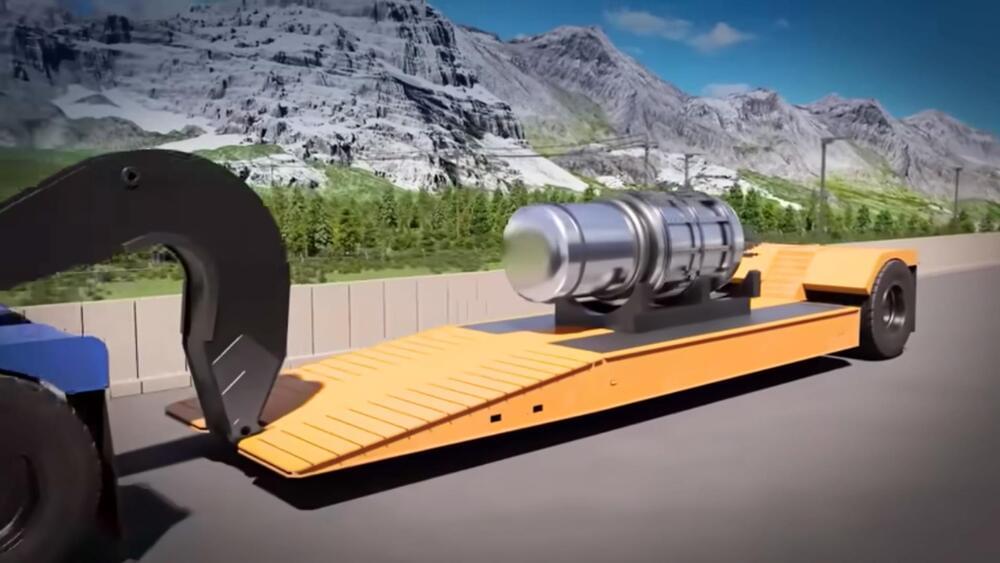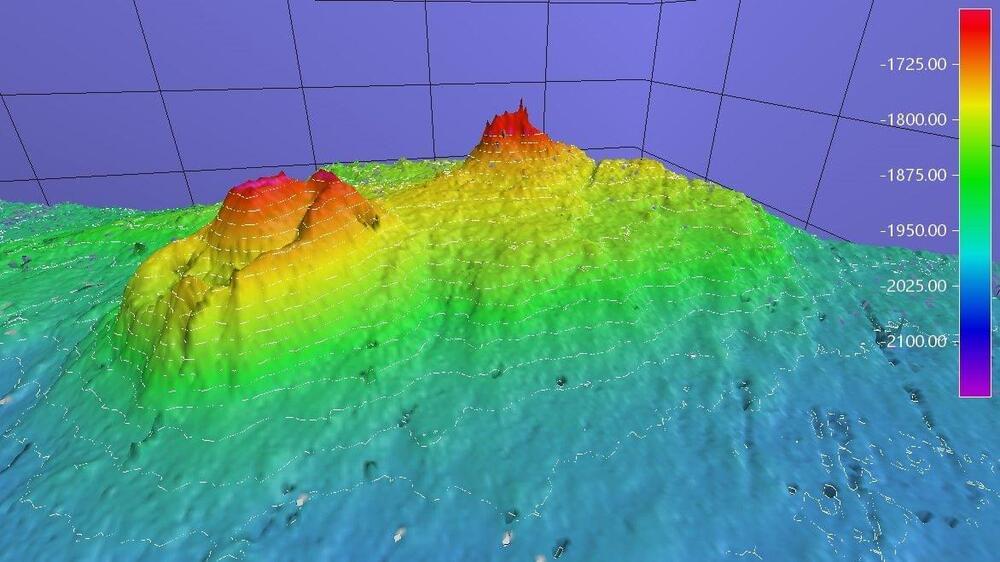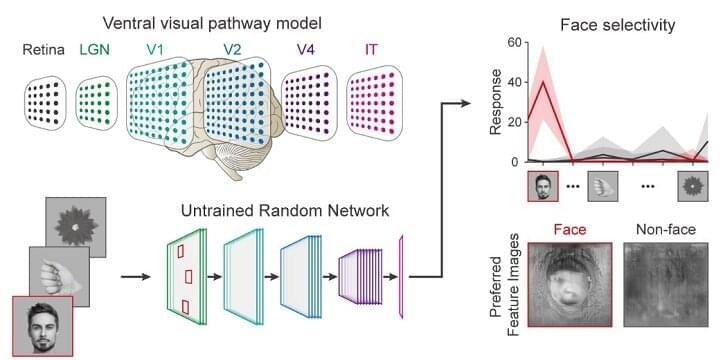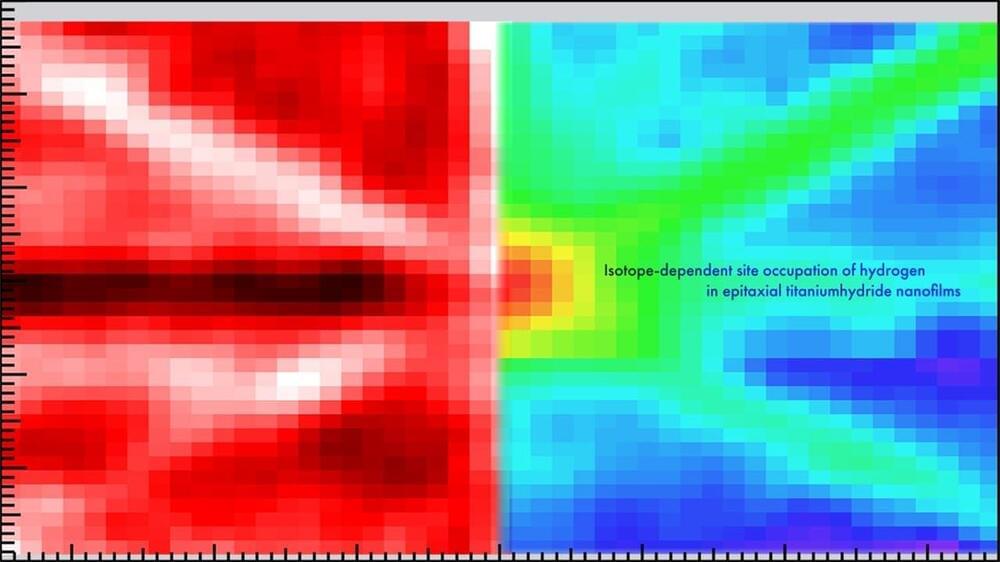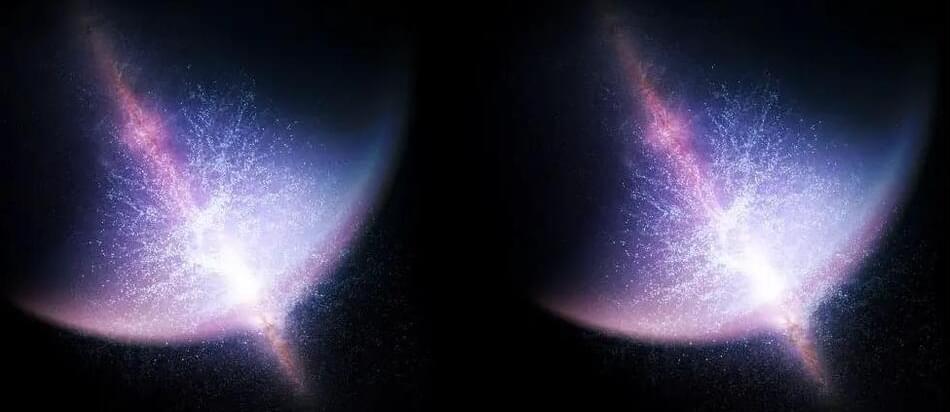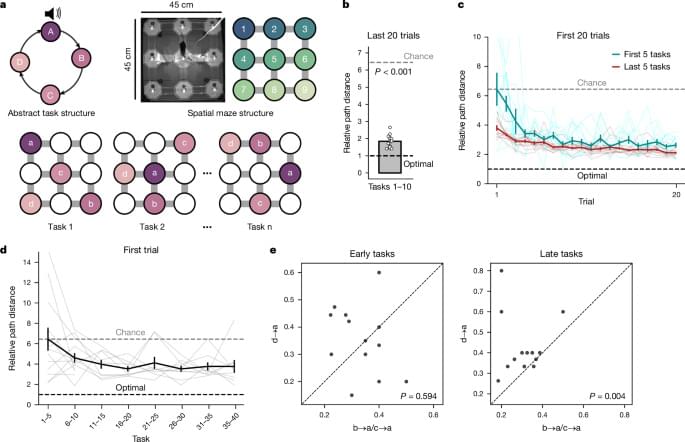Dec 1, 2024
Nuclear microreactor’s safety enhanced with live 3D temperature mapping
Posted by Shubham Ghosh Roy in categories: mapping, military, nuclear energy
Nuclear microreactors in remote areas require robust monitoring for safe operation.
A team of researchers at the University of Michigan has developed a groundbreaking real-time, 3D temperature mapping system for nuclear microreactors.
Continue reading “Nuclear microreactor’s safety enhanced with live 3D temperature mapping” »
